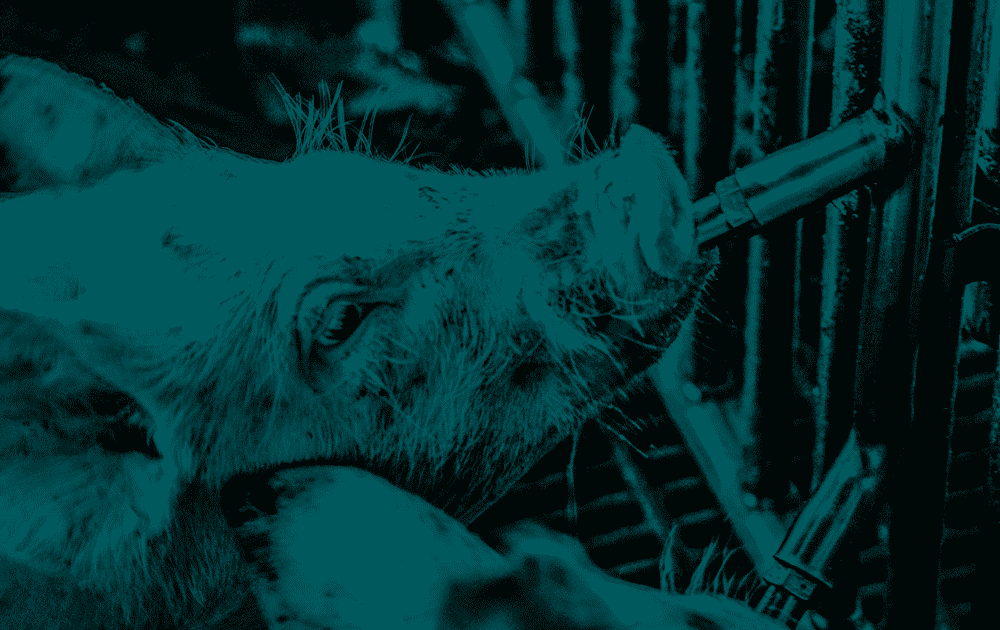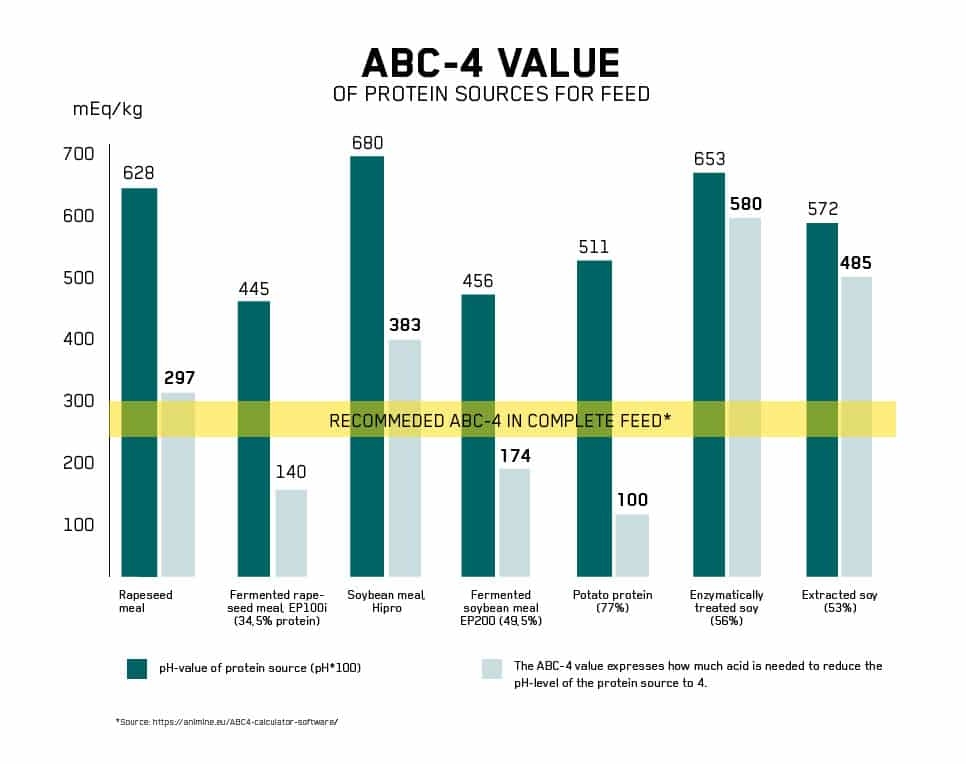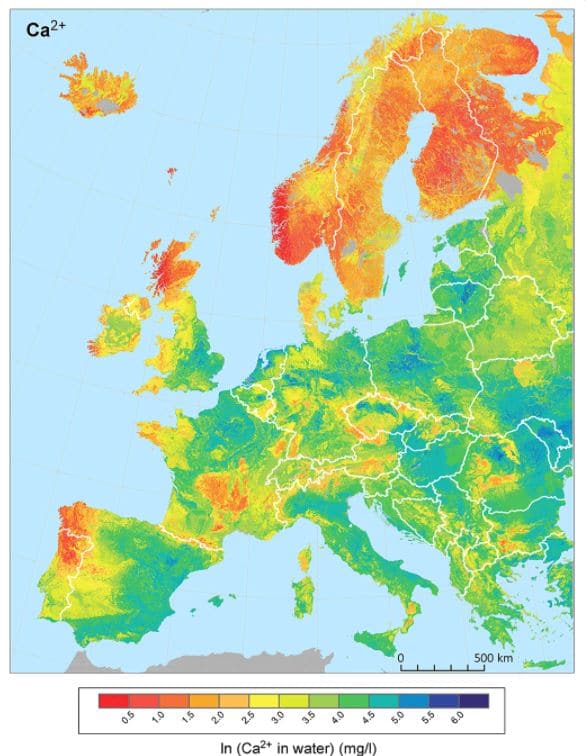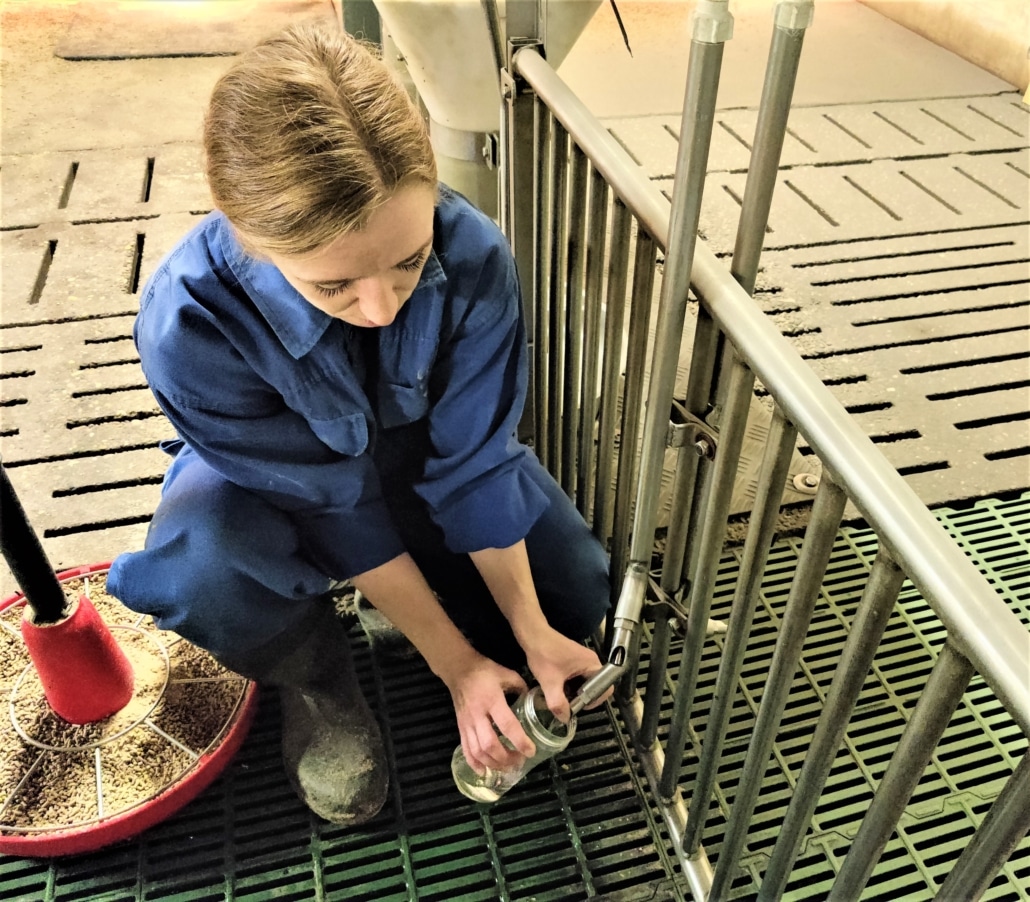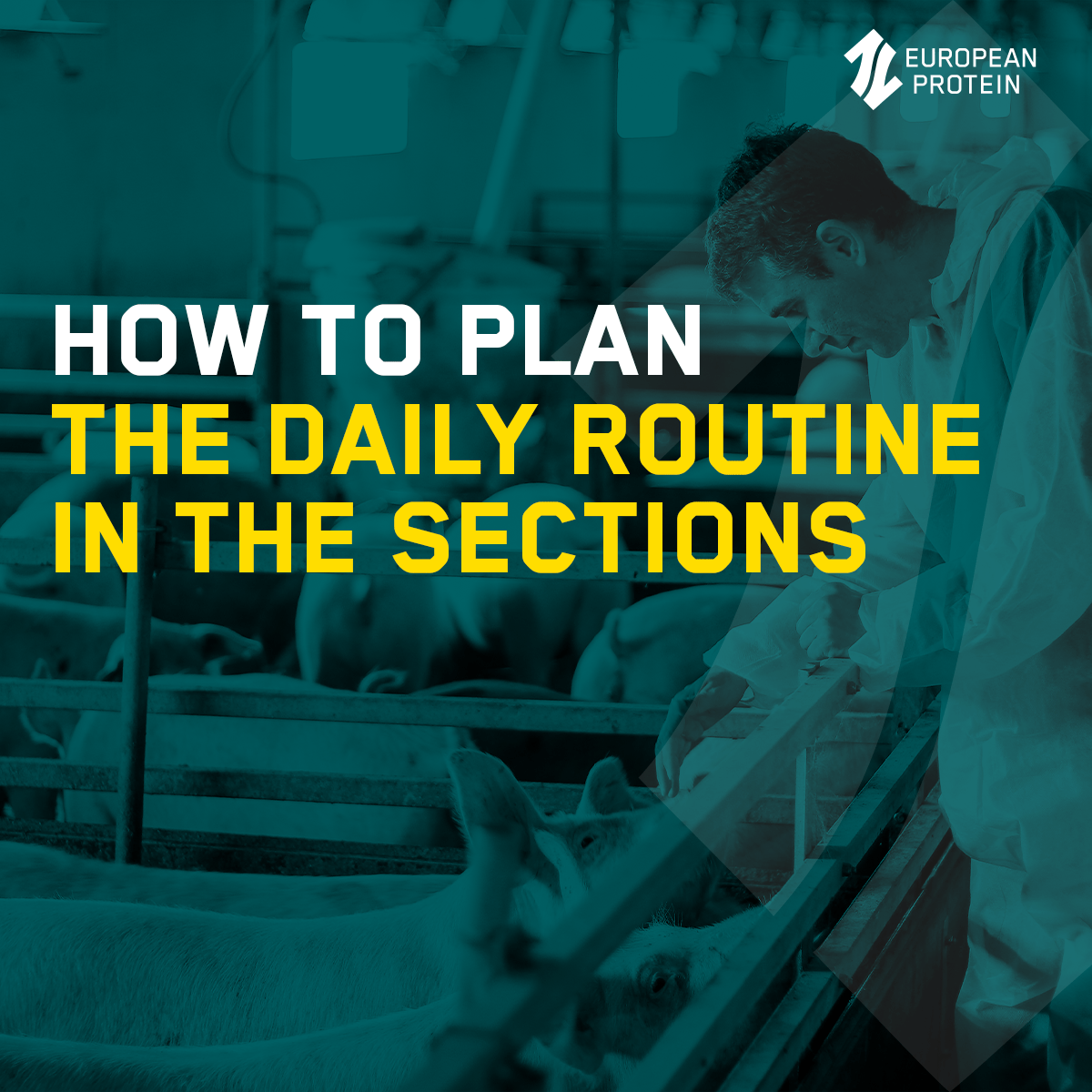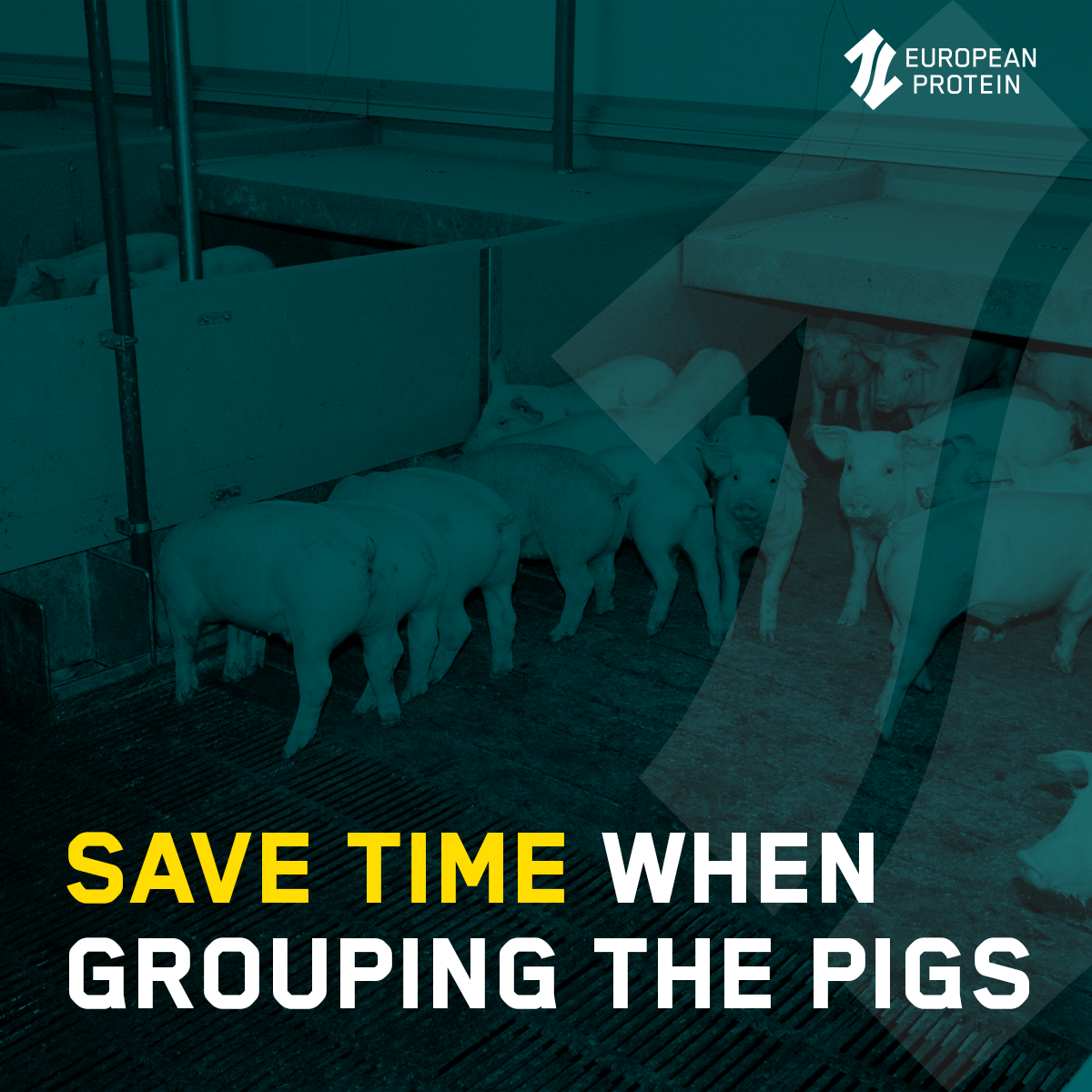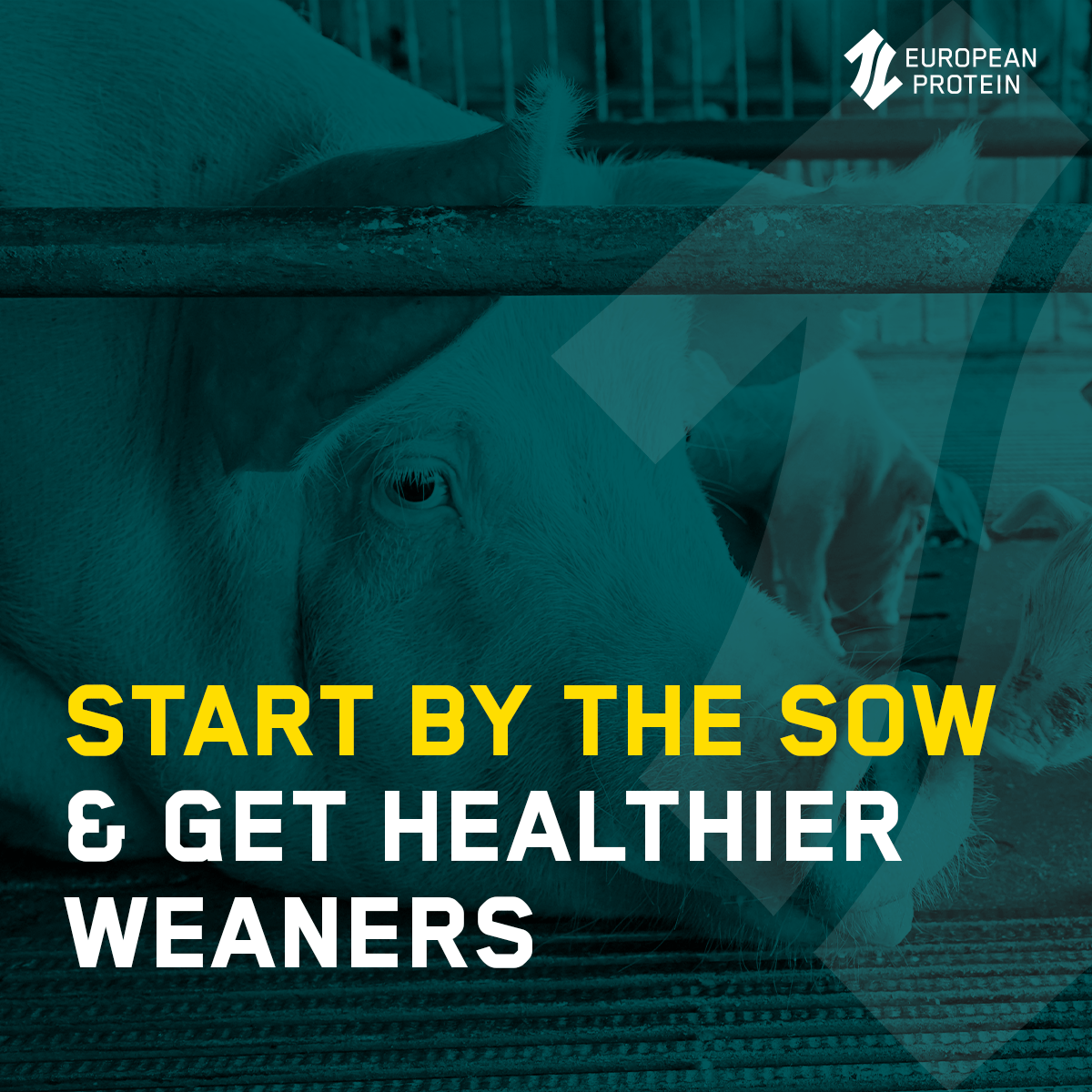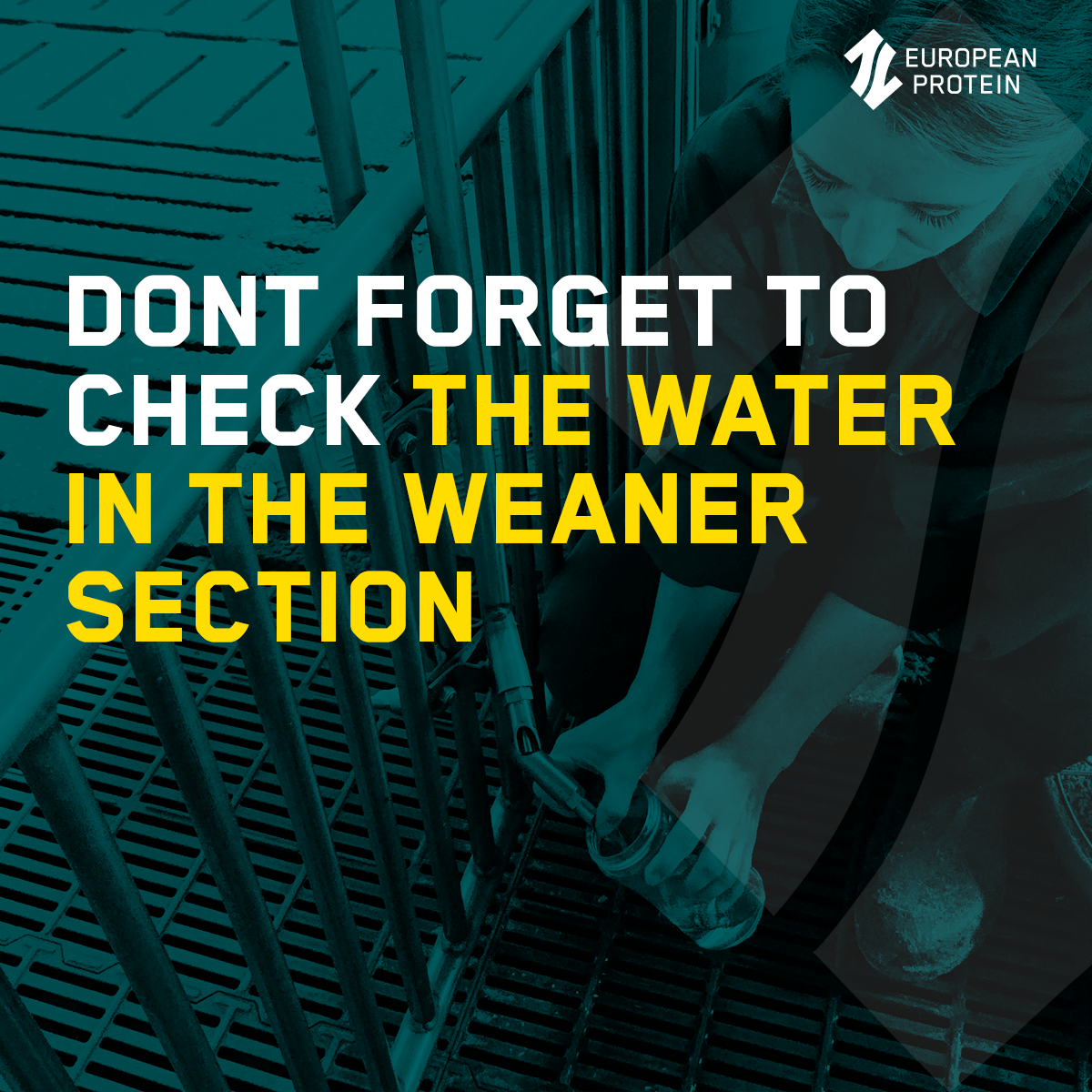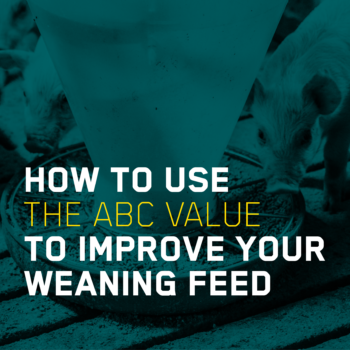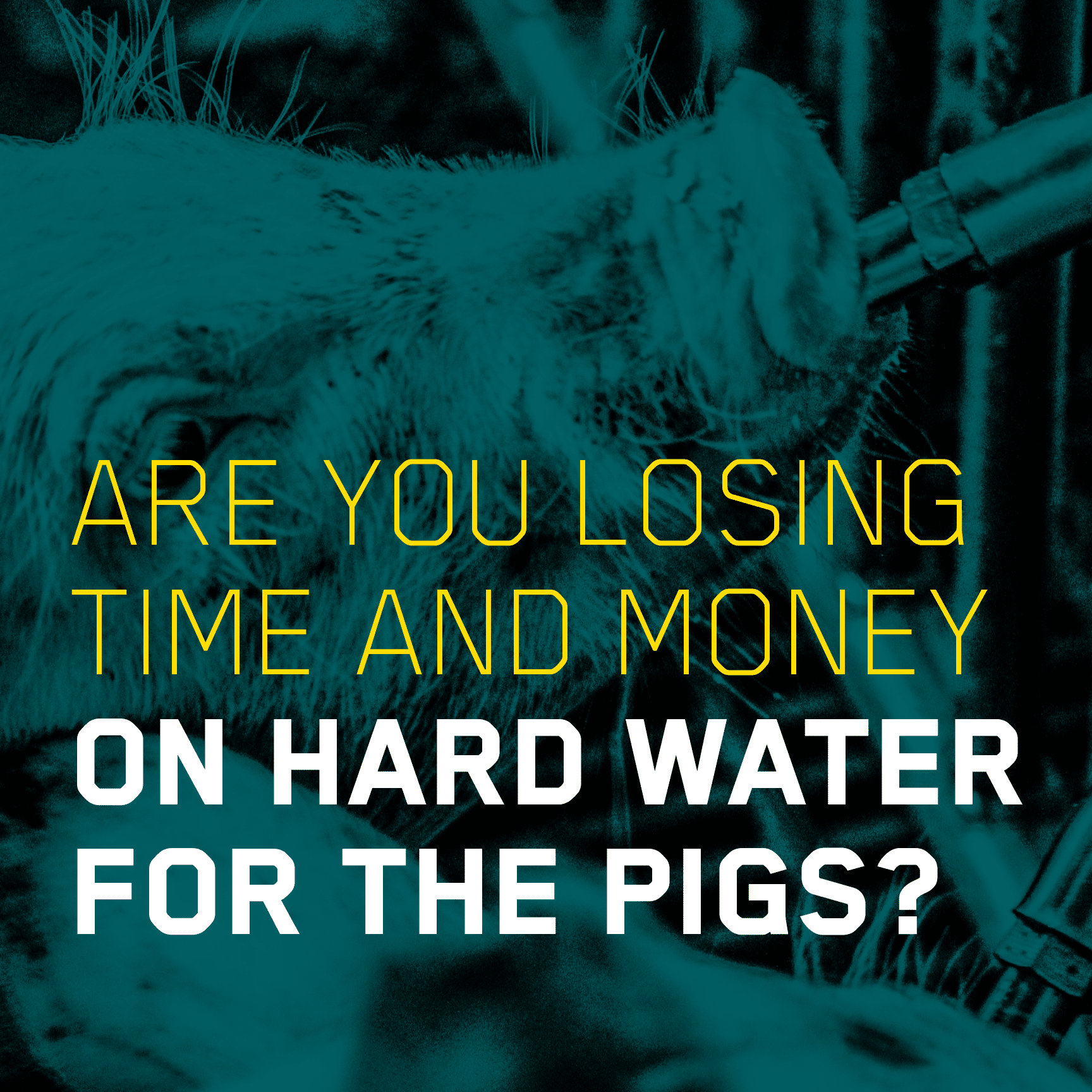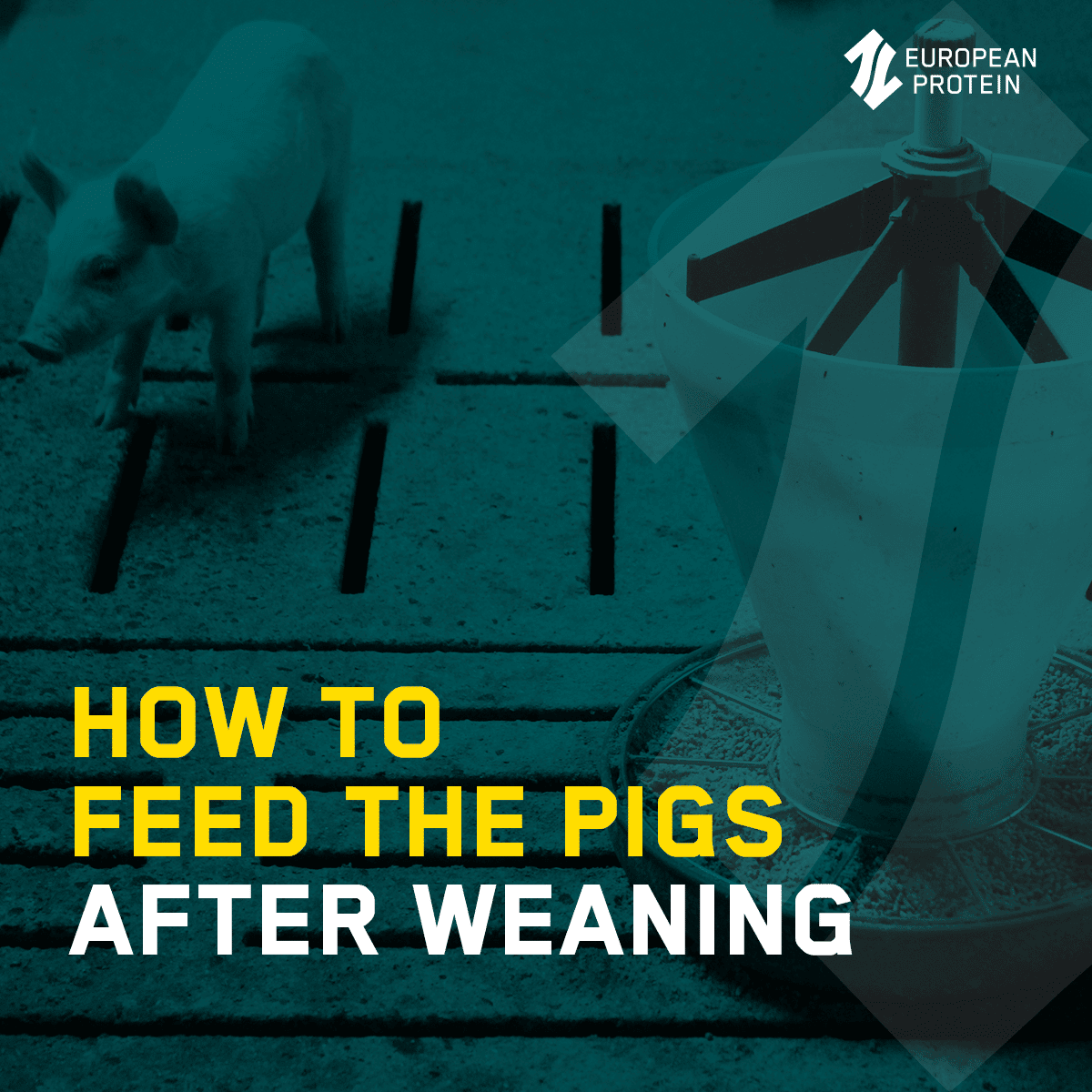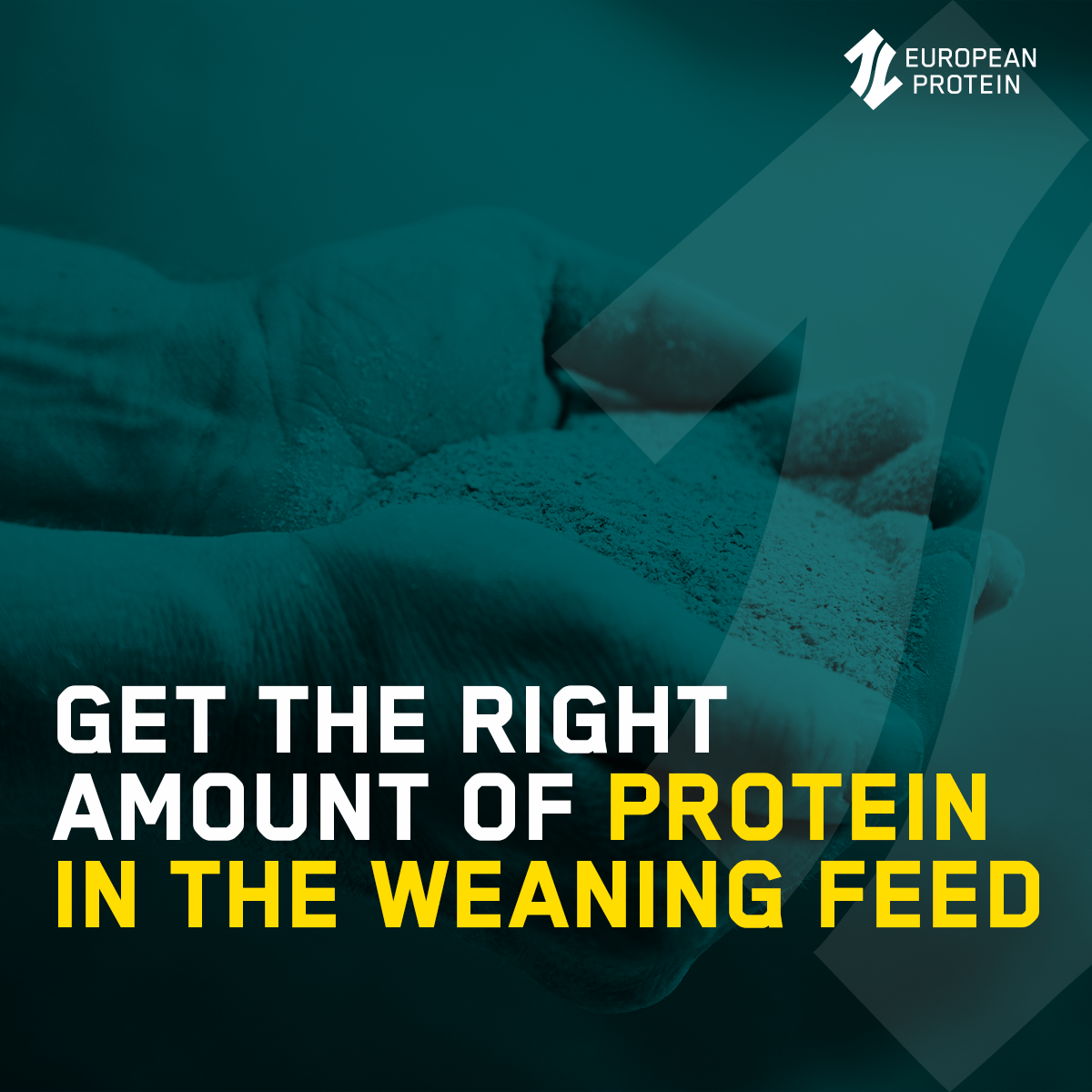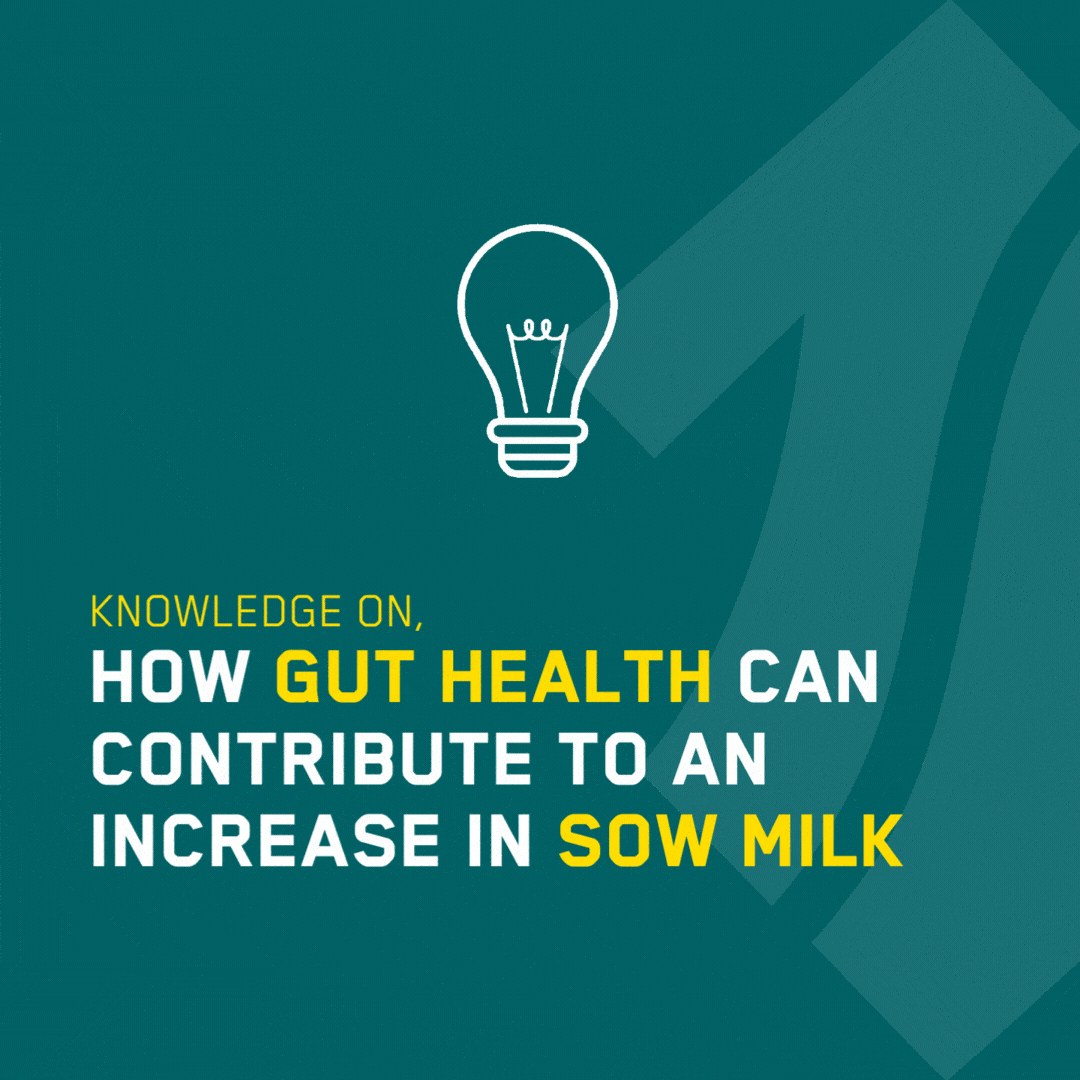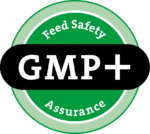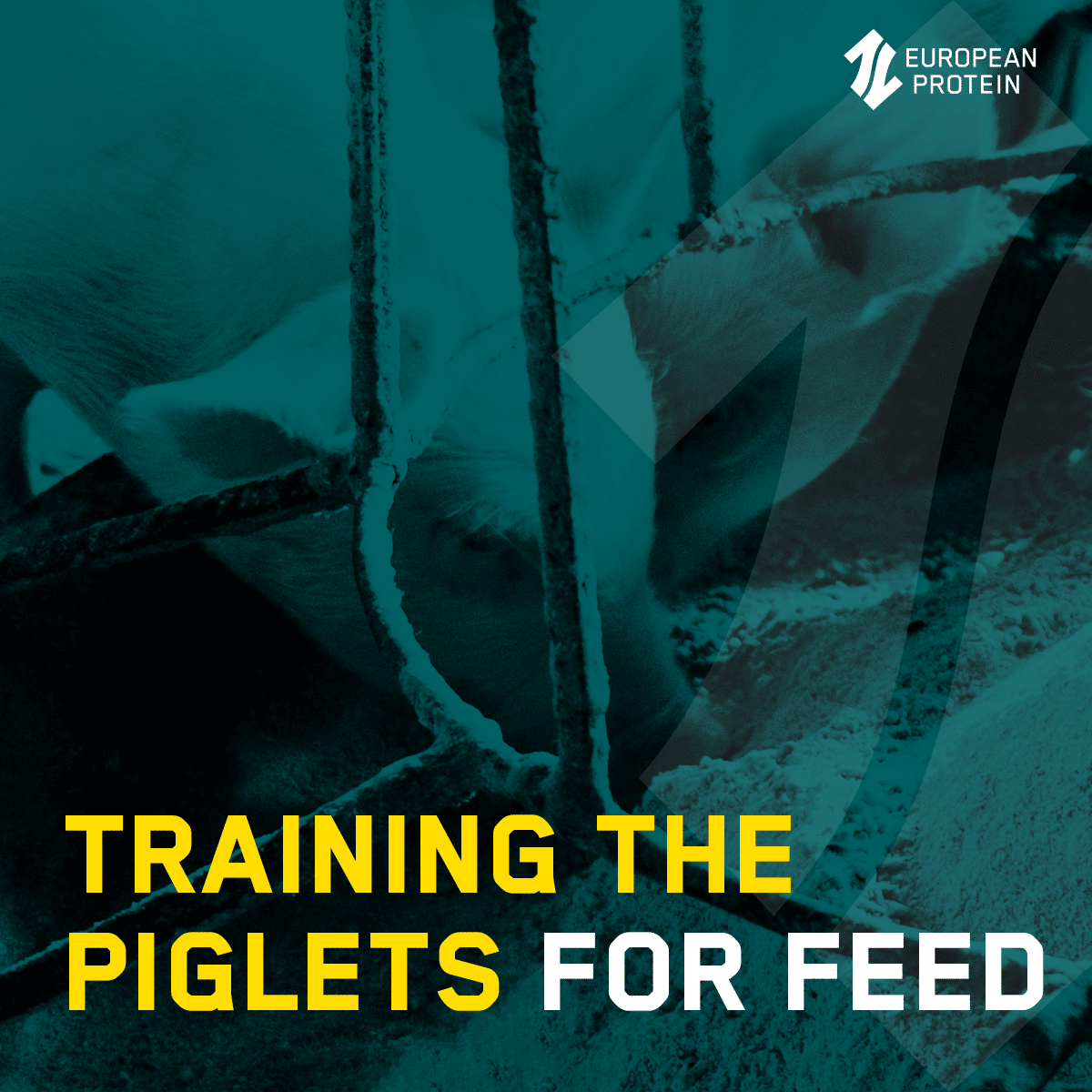
ARE YOU LOSING TIME AND MONEY ON HARD WATER FOR YOUR PIGS?
Too much calcium in the water is bad news for your pigs and your wallet..
You probably know the hassles of cleaning water pipes for limescale. But did you know that calcium-rich water also contributes to contamination of the drinking water?
In the EU, we have easy access to clean drinking water for animals and people. It is essential because water is the most crucial source of healthy growth in pig production, and a piglet consists of up to 80% water and sows about 50%.
Contaminated water increases the occurrence of piglet diarrhoea, making water one of the most critical focus areas before phasing out medicinal Zinc Oxide (ZnO) from the weaning feed. If you are already producing zinc-free piglets, make sure to check your water quality regularly.
Unfortunately, water quality and especially water hardness, is still an overlooked subject. A shame because poor water quality harms piglet health and productivity and eventually your earnings.
We encourage you to control the farms’ water quality on a regular basis.
CALCIUM-RICH WATER INCREASES BACTERIAL GROWTH
Besides the more practical problems with limescale, vast amounts of calcium help feed the microorganisms in the water. Therefore, organisms like yeast, mould, fungi and E.coli have better growing conditions in calcium-rich water.
When the microorganisms are well-nourished, they form a biofilm in the pipes more easily, which pollutes the water. In addition, limescale and iron ochre create an uneven surface in the water pipes for the microorganisms to adhere to and grow on.
To add to the list, the build-up of limescale in the pipes can protect the biofilm from even the harshest of disinfectants.
If you experience that disinfection only works for a short time and the biofilm returns shortly after disinfection, then limescale might be the sinner.
Water contamination also occurs if excretion from the pen floor meets the drinking nipples or cups during the cleaning of the sections. Pigs have their snout in the dirt, and they infect the drinking water when in contact with the nipples or cups.
The microorganisms have excellent growing conditions in the farrowing and weaning section, where the temperature is high and the flow rate low.
Consequently, thorough cleaning and disinfection become even more crucial, as medicinal zinc (ZnO) is banned by the EU Commission from the weaning feed.
DO PIGS LIKE THE TASTE OF HARD WATER?
Hard water tastes terrible, and pigs dislike the taste of water with too much calcium, magnesium, iron ochre, and sodium. Too much magnesium makes the water taste bitter, and magnesium sulphate has a laxative effect – just as calcium.
Therefore, hard water can reduce the overall intake of water. An insufficient water intake can be – just like a low feed intake – counterproductive.
HARD WATER REDUCES THE UTILIZATION OF FEED
If you add phytase to the feed to release minerals, you should expect a negligible effect with hard water.
Large amounts of positively charged minerals like calcium (Ca++) bind phytate in the small intestine and thereby reduce the effect of phytase.
As a result, phosphorous digestibility in the digestive tract is reduced, necessary for healthy growth and bone development.
The effect of phytase is also pH dependent and greatest at a pH at around five.
Lastly, hard water can disturb certain types of antibiotics administrated to the pigs through the drinking water.
WHAT TO EXPECT FROM YOUR DRINKING WATER?
One of the production parameters standing in your way is hard and contaminated water. This is the reason why we check the water quality at the farms we visit.
Many EU countries lack national legislation for water quality aimed at livestock production. As a result, the same rules apply to drinking water for humans and pigs.
All EU countries are subject to regulations in the EU Directive for drinking water. The member states must comply with the EU regulations but add additional and more strict requirements. Ask your local authorities if you have questions on water regulations for animals.
The standards for water quality are very high if you are to live up to the same hygiene on-farm as in private households. Slight deviations should be accepted in sections where pigs are in direct contact with the water supply.
At the tap, closest to where the utility connects the water supply to the farm property, the water must live up to EU and national legislation for water quality for human consumption.
If you take a sample at the drinking nipples or cups, you will probably not comply with the regulations.
In this article, we suggest how to evaluate the water quality on the farm.
You should check the physical, chemical, and microbiological state when evaluating your water quality.
THE PHYSICAL CONDITION OF WATER
The physical condition of water can be evaluated by looking at and tasting it. When supplied from the utility or your borehole, the water should be free from colouring, foul smell, or bad taste. The same goes for water supplied directly from the cups or nipples in the different sections.
WATER PH
The utility supplies water with a neutral pH, typically around 7 to 8.5. With a neutral pH, you avoid corrosion of the water pipes. It might be less of an issue if you have plastic or acid-proof pipes, but essential for the utility pipes.
The pH of farm water can be as low as 3.8 due to acidifiers. The piglets won´t drink if the water becomes too acidic or alkaline.
pH for piglets
Young piglets have very limited enzyme and acid production in their digestive system. Therefore, the pH level increases dramatically when piglets feed on high protein weaning diets. An increase in pH limits feed digestion and gives better growth conditions for potentially harmful pathogens.
A pH level of 3.8-4 in the drinking water keeps the pH in the piglet down and helps digestion. Furthermore, a low pH value kills microorganisms in the water.
High protein weaning diets also influence the pH value of the piglet. And the impact varies quite a lot. Ask your feed advisor for the acid-binding capacity of your weaning feed – also called the ABC-4 value. This value expresses how much acid the piglets need to produce to reduce the pH level of the feed to 4. The total value of the mixed weaning feed should be no more than 250-300 meq/kg.
You can observe some of the differences in the graph below. For example, lacto-fermented soy has an acid-binding capacity of 174 meq/kg, whereas enzymatically treated soy has an acid-binding capacity of 580 meq/kg.
pH for sows
Sows do not obtain the same digestive benefits of a low pH value as weaned piglets. Their digestive enzymes are fully developed and effective at a neutral pH level. Adding acid to the water should primarily be the reduction of pathogen growth.
Resistance development with acid
Microorganisms also develop resistance against acidifiers. Using a softening system might help if you experience that acidifying doesn’t have the desired effect despite changing between different acids. It might even be cheaper for some to buy a water softening system than to add acid to the water. Ask your supplier for more information on acids for your water.
HARDNESS OF WATER
The more magnesium and calcium ions, the harder the water.
Below is an overview of water hardness and the equivalent hardness class measured in German hardness.
| HARDNESS CLASS | HARDNESS DEGREE (ºDH) German hardness | MINERAL CONTENT ppm |
| Very soft water | 0-4 | 0-72 |
| Soft water | 4-8 | 72-144 |
| Medium-hard water | 8-12 | 144-216 |
| Hard water | 12-18 | 216-324 |
| Very hard water | 24-30 | 324-540 |
| Extremely hard water | >30+ | 540+ |
We recommend a hardness degree of no higher than 8 dH°, equivalent to soft water.
The hardness of water is typically higher for areas with calcium deposits. Below is a map of Europe and calcium levels in the water. The green and blue colours mark areas with hard water, and the red and yellow colour mark areas where water has a low calcium content.
Eastern Spain, Northern France, Italy, Northeast Germany, Poland, and Hungary have hard water. In Holland and other countries, utilities already soften the water to minimize the calcium content.
Source: Map of water hardness in Europe, Essd
Water hardness varies from utility to utility within the municipality. Get in touch with your local utility if you want to know the hardness of your water.
If your water is supplied from your private borehole, then you need to make the analysis yourself.
We recommend no more than 60 ppm calcium/ml water
MICROORGANISMS IN THE DRINKING WATER
Total bacterial count
The total bacterial count determines the total amount of microorganisms in the water at 22°C or 37°C and is measured in colony-forming units(CFU.
In Denmark, the limit is 200 CFU/ml water measured at an ambient temperature of 22°.
Drawing a line for farms between an acceptable and unacceptable level for bacterial count is an ongoing discussion.
The recommendations start at a maximum of 1,000 CFU/mg and go as far as 100,000 CFU/mg. Quite the difference.
The total bacterial count should be not higher than 10,000 CFU/ml
Though the total count is high, it does not tell you whether the microorganisms are harmful to the pigs or not. A more profound knowledge would require further analysis of which microorganisms are present.
Which bacteria to look for in the water samples?
The laboratories typically investigate coliforms, E. coli, Enterococcus and more rarely for Clostridium perfringens in the drinking water.
When it comes to bacteria, the experts agree on the recommendations for water quality on the farm at a maximum of:
100 CFU/ml of Enterococcus and coli
200 CFU/ml of total coliforms
50 CFU/ml of Clostridium perfringens
According to EU legislation, drinking water must not contain any of the above bacteria. Therefore, detecting a single faecal bacteria like E.coli means that the water is contaminated and unfit for consumption.
Below is a list of demands for drinking water for human consumption to the right (Example from Denmark). The list is not exhaustive. Additional requirements can be found in the EU-Directive and in your national legislation. I the middle column, is an overview of our recommendations.
| Parameter | Suggestion for farm requirements
|
Legislation in Denmark:
Max allowed level at the water tap and for animals (Drikkevandsbekendtgørelse)** |
| Colour | No colouring of the water | 15 mg Pt/l |
| pH | 3.8-8.5 | 7-8,5 |
| Hardness (dH°) | ≤ 8 | – |
| Calcium | ≤ 60 mg/liter | – |
| Iron | ≤ 0.2 mg/liter | Max: 0.2 mg/l |
| Magnesium | ≤ 50 mg/liter | Max: 50 mg/liter |
| Nitrate | ≤ 50 mg/liter | Max: 50 mg/liter |
| Sodium | ≤ 175 mg/liter | Max: 175 mg/liter |
| Nitrite | ≤ 0.1 mg/liter | Max: 0.1 mg/liter |
| Total bacterial count 22°C* | ≤1,000/10,000/100,000 cfu/ml | Max: 200/ml |
| Coliforms | ≤200 cfu/ml | 0/100 ml |
| E. Coli, Enterococcus | ≤100 cfu/ml | 0/100 ml |
| Mould/fungi/yeast | ≤100 cfu/ml | – |
| Clostridium perfringens | ≤50 cfu/ml | 0/100 ml |
*Recommendations from Alltech (100.000), Destek (10.000), Red tractor (1.000)
**Source: Eurofins guide: https://www.eurofins.dk/miljoe/vores-ydelser/drikkevand/guide-kvalitetskrav-til-drikkevand/
RESULTS FROM SAMPLING OF FARM WATER
We tested 29 water samples together with pig farmers and compared the results up against the suggested requirements.
The hardness of water on farms:
The water hardness fluctuated from 10 to 17 dH. The average hardness was 14,3, equivalent to “Hard water”. Out of the 29 samples, none were at the recommended 8 in hardness or below, corresponding to “Soft water”.
Bacterial count in farm water:
80% of the samples showed a bacterial count higher than 1,000 CFU/ml, 31% of were higher than 10,000 CFU/ml, while 14% exceeded 100,000 CFU/ml.
Types of bacteria in the water:
The analysis showed that 24% of the samples contained large numbers of pathogen microorganisms ( ≥ 100 CFU/ml) – mould, in particular, was widespread in the samples. Faecal contamination, like E.coli and Enterococcus, was detected in all samples, but below the suggested 100 CFU/ml limit.
HOW TO CHECK THE QUALITY OF YOUR FARM WATER
Your water should always comply with the regulations set out in your national regulations for water.
If you have a borehole, you should be aware of testing the water quality regularly to ensure that the water is free from toxic substances, that the chemical composition is within the official requirements, and that the type of bacteria and number of microorganisms comply with regulations.
Some advisors have the equipment to make simple measurements of your water that will tell you if you might have problems with the water quality on the farm.
If you have a private borehole, the simple measurements cannot replace laboratory testing, which you are obliged to make. However, simple measurements can be used to indicate poor water quality.
We recommend measuring the following:
1) Check or measure the hardness of the water
Check the hardness of your water by contacting your local utility. If it is above 8 dH°, and if the hardness is caused by calcium, you might benefit from a softening system. A pH measurement can be done with an electronic device measuring the number of minerals or through test strips but be aware of the uncertainty of cheap test strips.
Most utilities know their waters calcium levels, which should be below 60 mg or ppm/ml to be classified as soft water
2) Make an ATP-measurement
Let the water run for five minutes at the first tap available – closest to the utility supply – and do a test with the ATP swaps. This is your control test. Do another test. This time, you take the test at the nipples or cups, where you would expect more contamination and a higher ATP measurement.
By comparing the two tests, you know whether the contamination happens before the water enters your system and where the contamination happens inside your system.
Not all microorganisms are counterproductive for animals, and the ATP measurements doesn’t distinguish between commensal, beneficial and pathogenic bacteria.
If the ATP measurement shows an increased level of microorganisms, send a water sample for laboratory testing. At the laboratory, the type of contamination is determined,
The water sample is typically tested for: Coliforms, Enterococcus, E. coli, mould, and yeast.
The ATP equipment detects living organisms and certain types of disinfectants, meaning that you can get a false positive if you use it straight after disinfection. Do the measurements after cleaning with soap but before disinfection.
WANT US TO TEST YOUR WATER?
Want to know more about your water quality, liquid feeding, and fermented plant proteins animal? Then get in touch, and we will plan a visit to one or more of your farms. Fill in the form below, and we will get in touch.
Sources:
Katalog om Blødgøring af drikkevand, Udarbejdet af Teknisk Forum, Danske Vandværker, oktober 2019: https://www.danskevv.dk/wp-content/uploads/2019/10/katalog-om-bloedgoering_24102019.pdf
BLØDT VAND I EN CIRKULÆR ØKONOMI MILJØSTYRELSEN FEBRUAR 2017: https://mst.dk/service/publikationer/publikationsarkiv/2018/jan/bloedt-vand-i-en-cirkulaer-oekonomi/
Managing mineral content of water for pigs, Agriculture and Horticulture: https://projectblue.blob.core.windows.net/media/Default/Pork/Documents/Managing%20mineral%20content%20of%20water%20for%20pigs%20WEB.pdf
https://svineproduktion.dk/viden/i-stalden/foder/vand/vandkvalitet
MORE TIPS
ABOUT EUROPEAN PROTEIN
European Protein is a Danish family-owned protein producer. We work to promote health and productivity for animals through functional and sustainable plant proteins. The company was founded in 2011 and has protein factories in Denmark, Ukraine and the US.
HEAD QUARTER
European Protein A/S
Vorbassevej 12, 6622 Bække, Denmark
+45 75 38 80 40, [email protected]
VAT No. 33643675
FACTORIES
Denmark
Mangehøje 4, 7300 Jelling, Denmark
+45 75 38 80 40, [email protected]
Ukraine
222-a Vokzalna Street, Rokytne 09600, Kyiv Region, Ukraine
+38 044 390 40 54, [email protected]
USA
1201 N Ellis Rd #7055, Sioux Falls, SD 57107, USA
+1 605-338-9775, [email protected]

